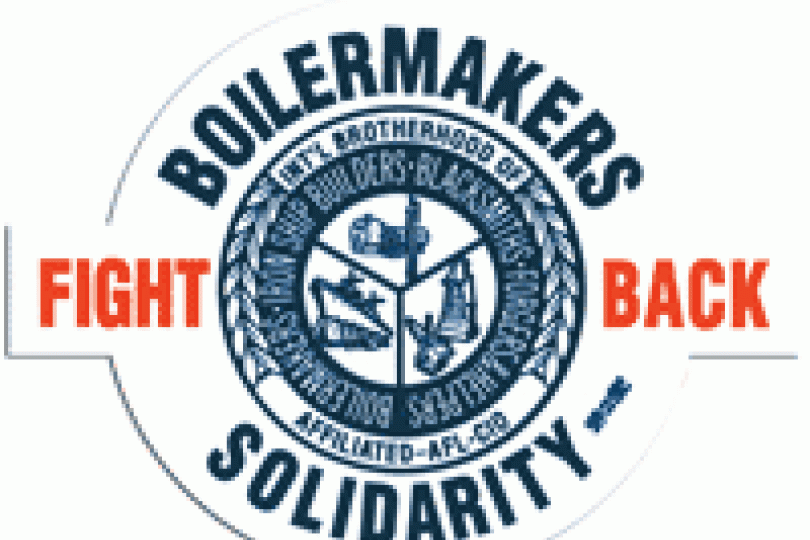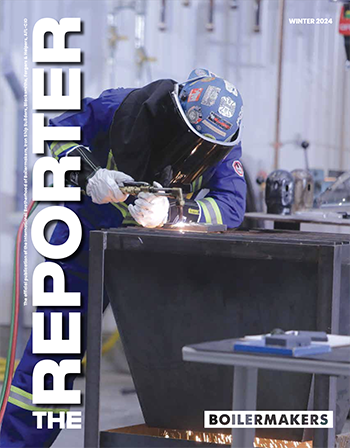After three decades, program still shows results
BY THE END of the 1970s, nonunion construction and repair companies had cut a deep swath in the market share of unionized contractors. Boilermaker leaders knew something unconventional had to be done to stem the onslaught and to regain lost work. In 1980, three of those leaders — International Vice President Charles W. Jones, International Rep Connie Mobley, and Local 30 President Barry Edwards — began a construction organizing strategy that became known as Fight Back.
The premise of Fight Back was simple and direct: send voluntary union organizers to nonunion construction jobs to apply for jobs. If the contractors refused to consider or refused to hire applicants on the basis of their union affiliation, they would be in violation of the National Labor Relations Act (NLRA). The Act specifically prohibits employers from discriminating against workers who engage in protected union activity such as organizing or promoting unions to other workers.
International President Newton B. Jones was instrumental in the Fight Back program, first as an organizer and later as Director of Organizing and Communications. He became the program’s chief architect, developing and implementing approaches that had never before been tried.
Over the years, Fight Back tested and helped establish case law. One key precedent was established when the National Labor Relations Board (NLRB) determined that voluntary organizers have special protection under the law. To take advantage of that protection — and to preclude nonunion employers from claiming they didn’t know an applicant was a union member, and therefore didn’t break the law — Boilermakers typically wrote “voluntary union organizer” across their applications.
Like IP Newton Jones, IST Bill Creeden also worked as a Fight Back organizer and later oversaw the effort as Director of Organizing. Others serving in various International leadership roles today also carried the Fight Back strategy forward.
The Brotherhood’s innovative organizing approach has recovered millions of dollars for members — including the record-breaking $12 million Fluor Daniel settlement recently announced.
Writing back in 1993, then Director of Organizing and Communications Newton B. Jones observed:
“We have won on many levels. We have won better, safer working conditions for many workers who have joined our cause. Many workers have chosen to join our union even though we did not achieve or win an election at their job site. Most nonunion employers have raised their workers’ wages during our Fight Back campaigns. Several have voluntarily recognized us as the collective bargaining representative for their workers. Some have chosen to sign job compliances, and some have even signed our area agreements.”
After 29 years, Fight Back is still proving its value.






